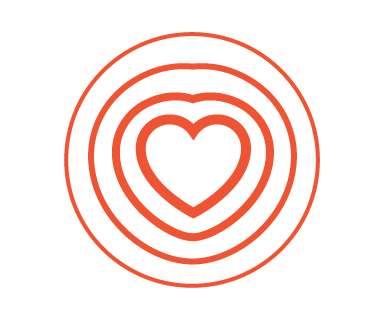Hospitals Continue to Lose Money in Year 2 of the Pandemic
Health Populi
FEBRUARY 25, 2021
Beginning with volume, or utilization, the second table shows that hospital discharges fell by nearly 13% year-over-year in January 2021, emergency department visits dropped nearly 25%, and operating room minutes, 17%. growth and outpatient revenue declining over 10%. The resulting revenue results among U.S.













Let's personalize your content